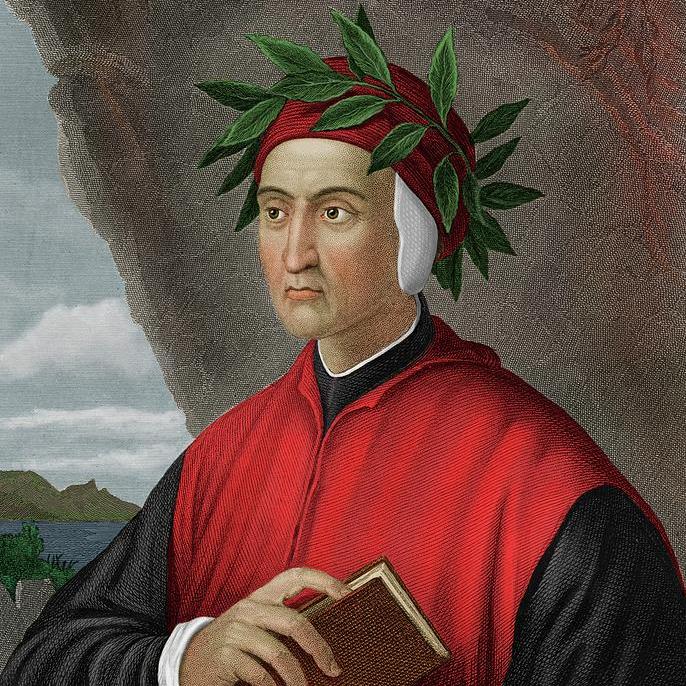Basilica of Santa Croce in Florence Tourist attraction in Firenze, Italy
Galileo Bonaiuti was buried in the same church, the Basilica of Santa Croce in Florence, where about 200 years later his more famous descendant Galileo Galilei was also buried.
Source: Wikipedia
Michelangelo died in Rome in 1564, at the age of 88 (three weeks before his 89th birthday). His body was taken from Rome for interment at the Basilica of Santa Croce, fulfilling the maestro's last request to be buried in his beloved Florence.
Source: Wikipedia
A tomb was built for Dante in Florence in 1829, in the Basilica of Santa Croce. That tomb has been empty ever since, with Dante's body remaining in Ravenna, far from the land he had loved so dearly. The front of his tomb in Florence reads Onorate l'altissimo poeta—which roughly translates as "Honor the most exalted poet". The phrase is a quote from the fourth canto of the Inferno, depicting Virgil's welcome as he returns among the great ancient poets spending eternity in limbo. The ensuing line, L'ombra sua torna, ch'era dipartita ("his spirit, which had left us, returns"), is poignantly absent from the empty tomb.
Source: Wikipedia
Niccolo Machiavells was buried at the Church of Santa Croce in Florence. An epitaph honouring him is inscribed on his monument. The Latin legend reads: TANTO NOMINI NULLUM PAR ELOGIUM ("So great a name (has) no adequate praise" or "No eulogy (would be) a match for such a great name").
Source: Wikipedia
A memorial monument to Florence Nightingale was created in Carrara marble by Francis William Sargant in 1913 and placed in the cloister of the Basilica of Santa Croce, Florence.
Source: Wikipedia
The Basilica of Santa Croce, Florence, known as the Temple of Italian Glories for its many graves of artists, scientists and prominent figures in Italian history, has a plaque commemorating Enrico Fermi.
Source: Wikipedia
The elegant Donatello's St. George and the Dragon relief on the statue's base, executed in schiacciato (a very low bas-relief) is one of the first examples of central-point perspective in sculpture. Relief is stored in the Museum of the Basilica di Santa Croce.
Source: Wikipedia
According to Lorenzo Ghiberti, Giotto painted chapels for four different Florentine families in the church of Santa Croce.
Source: Wikipedia




